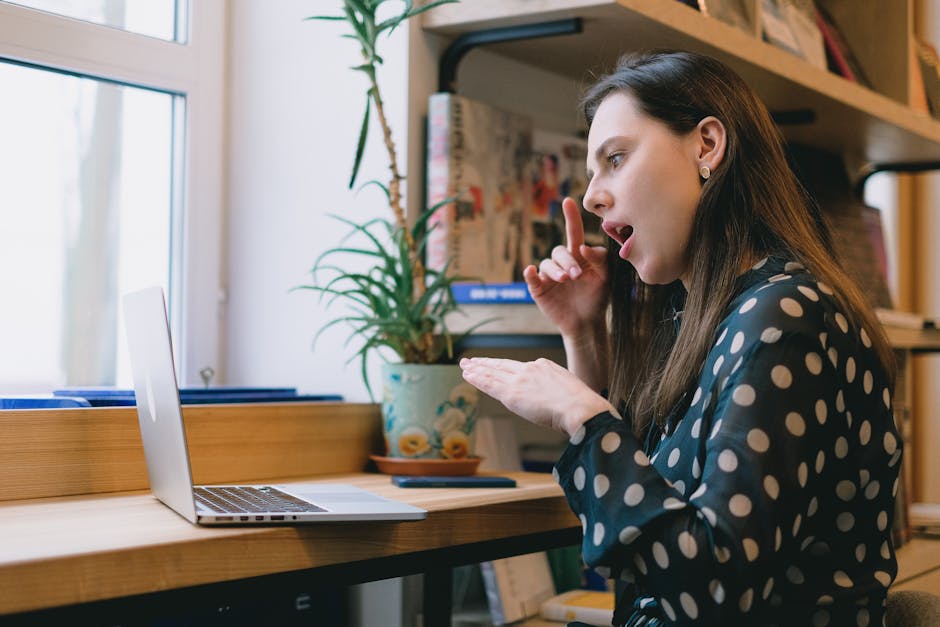
Nonverbal Communication
Nonverbal Communication
Nonverbal communication plays a vital role in our daily interactions. It involves the use of body language, gestures, facial expressions, and postures to convey messages without words. While verbal communication is important, nonverbal cues often carry more weight and can greatly influence how a message is interpreted.
One of the key aspects of nonverbal communication is body language. The way we stand, sit, and move can communicate various emotions and attitudes. For example, crossed arms may indicate defensiveness or disagreement, while an open stance conveys openness and receptiveness.
Facial expressions are another crucial component of nonverbal communication. They can reveal emotions such as happiness, sadness, anger, or surprise. Smiling is a universal gesture that communicates friendliness and approachability, while a furrowed brow may indicate confusion or concern.
Gestures also play a significant role in nonverbal communication. They can be used to emphasize and clarify verbal messages or convey meanings on their own. Pointing, nodding, thumbs up, and handshakes are some common gestures that can enhance communication.
Posture is yet another aspect of nonverbal communication that can convey a range of messages. Slouched posture may indicate boredom or lack of interest, while an upright posture communicates attentiveness and confidence.
Understanding and using nonverbal communication effectively can improve our relationships, both personal and professional. It can help us read and understand others' emotions, build rapport, and convey messages more effectively. However, it's important to remember that nonverbal cues can vary across cultures, so it's crucial to be mindful of cultural differences.
Next time you engage in a conversation, pay attention to the nonverbal cues being exchanged. You might be surprised at how much information can be conveyed without saying a word.
